40 how to read fats on food labels
How to Understand and Use the Nutrition Facts Label | FDA It can tell you if a serving of food is high or low in a nutrient and whether a serving of the food contributes a lot, or a little, to your daily diet for each nutrient. Note: some nutrients on the... Learning To Read Labels :: Diabetes Education Online On a nutrition food label, subtract the fiber from the total carbohydrate amount. When you read food labels, the grams of sugar are already included in the total carbohydrate amount, so you do not need to count this sugar amount separately. The grams of sugar listed include both natural sugars, from fruit or milk, and added sugars.
Understanding Ingredients on Food Labels | American Heart ... Mar 06, 2017 · There are many terms used for sugar on food labels. You might see sugar listed as the fourth ingredient in a product and think it’s not so bad. But sugar can also be listed as high-fructose corn syrup or corn syrup, agave nectar, barley malt syrup or dehydrated cane juice, to name just a few. Read more about sugar and sweeteners.
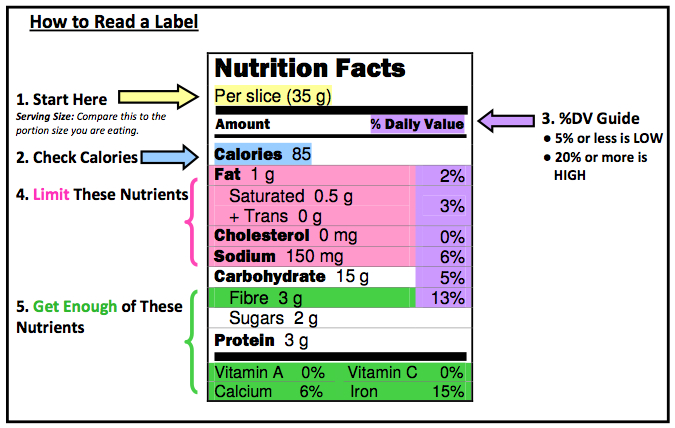
How to read fats on food labels
Do you read food labels | Why is it important to read food labels Reading food labels is very important as they carry crucial information to make informed choices and will help you choose foods that are low in salt, sugar a... How to Read a Nutrition Label: Tips from a Registered Dietitian "You should look for foods that are low in saturated fat, trans fat and added sugars, while aiming to eat more foods that are high in vitamin D, calcium, iron, potassium and fiber.", Tip 4: Review the amount of added sugars. There are two types of sugars in the food you eat. The first occur naturally and are found in foods such as fruits and milk. Interpreting Total Fat and Types of Fat on Food Labels - Nina Cherie ... Interpreting Total Fat and Types of Fat on Food Labels, The Nutrition Facts label lays out the "total fat" in addition to the different types of fat contained in foods. Determining the type of fat can help you decide whether or not a food is rich in 'healthy' and/or 'unhealthy' fats.
How to read fats on food labels. How to Read Nutrition Facts Labels the Right Way - GoodRx Nutrition Facts labels are required to list the total fat, saturated fat, and trans fats on packaged food products. It's important to choose foods with the right kinds of fats. Here are the differences between the fats you'll see on the label. Bad fats, Saturated and trans fats are the less healthy types of fats. How to read nutrition labels - Roswell Park Comprehensive Cancer Center ... Carbohydrates, fat and protein are all sources of calories in food. Remember, the number of calories you consume is based on how much of the product you actually eat. In this example label, 1 serving or ⅔ of a cup of this food provides 230 calories. If you consume two servings, the number of calories provided by the food you eat would be 460 ... How To Read Food and Beverage Labels - National Institute on Aging At the top of the Nutrition Facts label, you will find the total number of servings in the container and the food or beverage's serving size. The serving size on the label is based on the amount of food that people may typically eat at one time and is not a recommendation of how much to eat. Read more about serving and portion sizes. Food energy - Wikipedia Many governments require food manufacturers to label the energy content of their products, to help consumers control their energy intake. To facilitate evaluation by consumers, food energy values (and other nutritional properties) in package labels or tables are often quoted for convenient amounts of the food, rather than per gram or kilogram; such as in "calories per serving" or "kcal per 100 ...
Quick Tips for Reading the Nutrition Facts Label - Food and Drug ... Nutrients to get less of include: saturated fat, trans fat, sodium, and added sugars. ... Quick Tips for Reading the Nutrition Facts Label Healthy cooking and eating start at the grocery store. Bring How to read food labels: MedlinePlus Medical Encyclopedia If a food has these fats, the amount will be listed on the label under total fat. They are measured in grams. Look for foods that have no trans fats or are low in them (1 gram or less). Sodium is the main ingredient of salt. This number is important for people who are trying to get less salt in their diet. How to Read Food Labels for Fats and Oils Reading the ingredient lists on products will reveal the source of the fat. For oils and fats ingredient lists, fats and oils are referred to by their common names (e.g., "beef fat," "cottonseed oil"). Like other ingredient lists, the types of fat and oils used should be listed by predominance. How to Read a Food Label - modernghana.com Sugar: The grams of sugar listed on the label include natural sugar and added sugars. Remember to check the ingredients to check for added sugar. Fiber: In general, kids (2-18 years old) should aim for a fiber intake of their age (in years) plus 5 grams. Adults should aim for 25-30 grams of fiber daily or 14 grams per each 1000 calories consumed.
Fat Content on Food Labels - Reading Between the Lines The Mayo Foundation continued, "Still, you may be able to tell if a product contains trans fat, even if it's not directly listed on the food label. Look for the words ' hydrogenated ' or 'partially hydrogenated' in the list of ingredients. These terms indicate that the product contains trans fat. Food labels - NHS Some front-of-pack nutrition labels use red, amber and green colour coding. Colour-coded nutritional information tells you at a glance if the food has high, medium or low amounts of fat, saturated fat, sugars and salt: red means high, amber means medium, green means low, In short, the more green on the label, the healthier the choice. How to read food labels for fat? - YouTube Check my website: !!!! The most of the people hear the word fat and get scared. The only thing that comes to mind... Easy Guide to Understanding Food Labels When You Have High ... - MyDoc Ideally, best to get 0 grams of this per day. Keep in mind that manufacturers can list their products as 0 grams if it has less than 0.5 grams of trans fat per serving. This means that your food may contain trans-fat even if the food label says 0 gram. Therefore it's important to check the ingredient list (more on this later).
How to Read Food Labels: Your Complete Consumer Guide But food labeling rules make it easy for manufacturers to fudge whether a product contains 100% whole grains, using phrases like "contains whole grains" (which can technically mean, "Hey, there's a single groat of oat flour in this cracker") or "multigrain" (which just means there's more than one kind of flour in the product).
How to Read the Nutrition Facts Label on Packaged Foods - WebMD Sodium. Many people get far too much salt, or sodium. Most of it is in packaged foods and restaurant items. Limit salt to 2,300 milligrams (about 1 teaspoon) daily. If you have high blood pressure ...
Fats | Nutrition.gov HHS, Food and Drug Administration, Center for Food Safety and Applied Nutrition Read about monounsaturated and polyunsaturated fats - what they are, where they are found, what they do, and how to use the Nutrition Facts Label to replace saturated fat with mono and polyunsaturated fats.
Understanding Food Nutrition Labels | American Heart Association 1 - Start with the serving information at the top. This will tell you the size of a single serving and the total number of servings per container (package). 2 - Next, check total calories per serving and container. Pay attention to the calories per serving and how many calories you're really consuming if you eat the whole package.
How To Read Nutrition Labels - Mayo Clinic Diet 3. Check the % Daily Value. The % Daily Value (DV) tells you how much a nutrient in a serving of food contributes to a daily diet. 2,000 calories a day is used for general nutrition advice. Low is 5% or less. Aim for low in saturated fat, trans fat, cholesterol, sodium, and added sugars. High is 20% or more. Aim high in vitamins, minerals and ...
How to Read Food Labels Without Being Tricked - Healthline This label usually means that the fat has been reduced at the cost of adding more sugar. Be very careful and read the ingredients list. Low-carb. Recently, low-carb diets have been linked to...
How to Read Everything on the Nutrition Facts Label - Food Network If you want to figure out the grams of fat that it will take you to get about 30% of fat in your diet each day do the following: Estimate your total calories for the day. Let's say that number is...
How to Read a Dog Food Label – American Kennel Club Nov 30, 2020 · All pet food labels follow roughly the same format: Product and brand name or unique identifier. Quantity in terms of product weight, liquid measure, or count, depending on the formulation of the ...
3 Ways to Read Nutrition Facts on Food Labels - wikiHow Life 9. Know that 5% of a daily value per serving is low and 20% is high. When it comes to nutrients, 5% or less is considered low and 20% or higher is considered high. This means that an item that lists its fat content at 4% can be considered to be low fat.
The Importance of Food Labels | Requirements for Packaging Sep 07, 2018 · Your pre-packaged food must include the following on its labels: The name of the food. This must be a true representation of your product and must not be false or misleading. A list of ingredients. You must use ‘Ingredients’ as the heading and list the ingredients used to make the product in descending order of weight.
Food Labels: Fat & Cholesterol | Home & Garden Information Center The Nutrition Facts label shows you how much fat is in a product, even if the fat is hidden as an ingredient. The serving size and the nutrients listed on this label are consistent, which makes it easy to compare similar products without any calculations. % Daily Values (% DVs) are listed in a column on the "Nutrition Facts" label.
How to read food labels | healthdirect The label may make a number of nutrition claims such as 'gluten free', 'low GI', 'low fat', 'reduced salt' or 'high fibre'. These mean the product meets strict criteria set by the government. But just because a product can make a nutrition claim doesn't mean it is healthy.
Interpreting Total Fat and Types of Fat on Food Labels - Nina Cherie ... Interpreting Total Fat and Types of Fat on Food Labels, The Nutrition Facts label lays out the "total fat" in addition to the different types of fat contained in foods. Determining the type of fat can help you decide whether or not a food is rich in 'healthy' and/or 'unhealthy' fats.
How to Read a Nutrition Label: Tips from a Registered Dietitian "You should look for foods that are low in saturated fat, trans fat and added sugars, while aiming to eat more foods that are high in vitamin D, calcium, iron, potassium and fiber.", Tip 4: Review the amount of added sugars. There are two types of sugars in the food you eat. The first occur naturally and are found in foods such as fruits and milk.
Do you read food labels | Why is it important to read food labels Reading food labels is very important as they carry crucial information to make informed choices and will help you choose foods that are low in salt, sugar a...
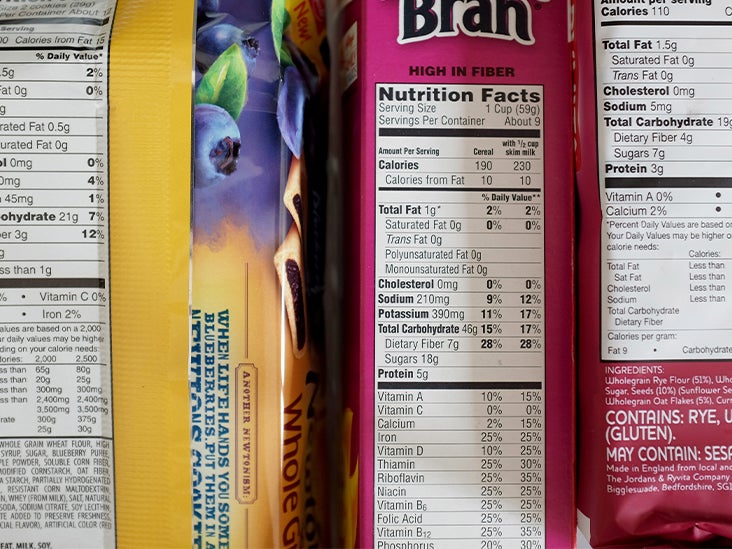
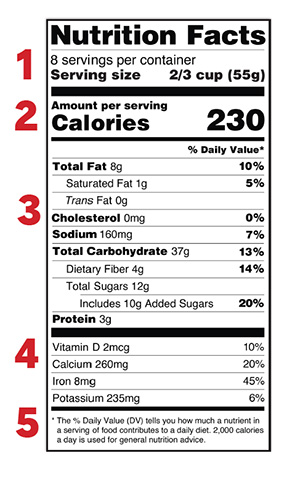



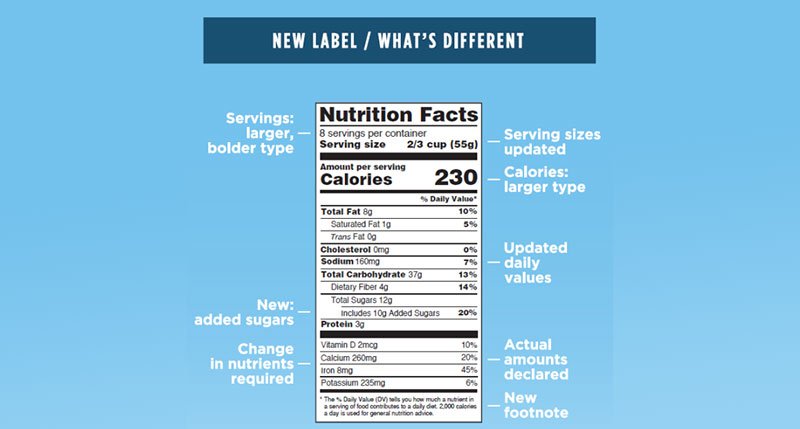
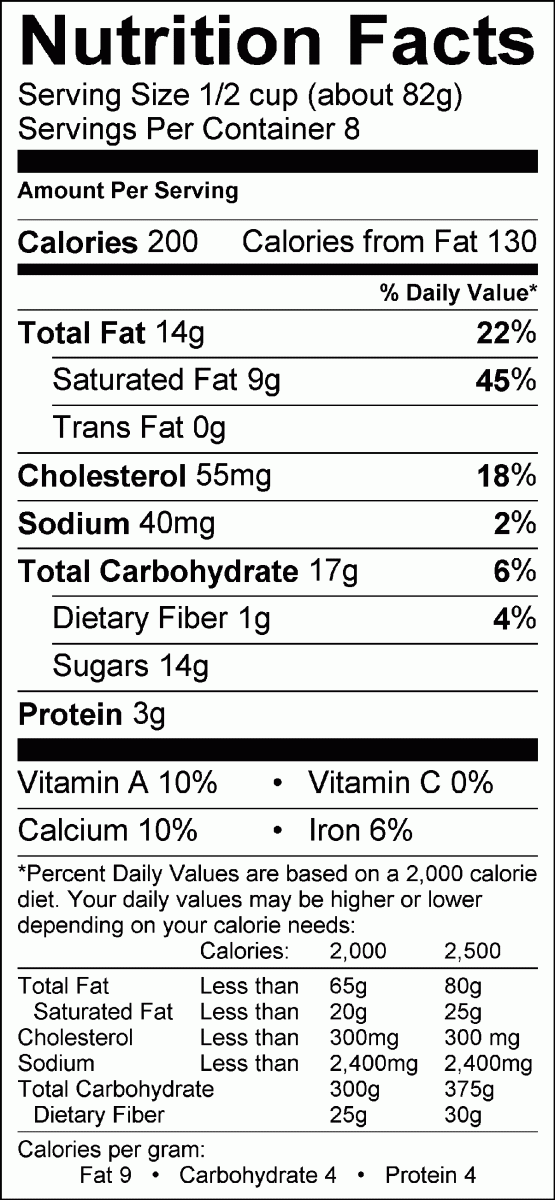

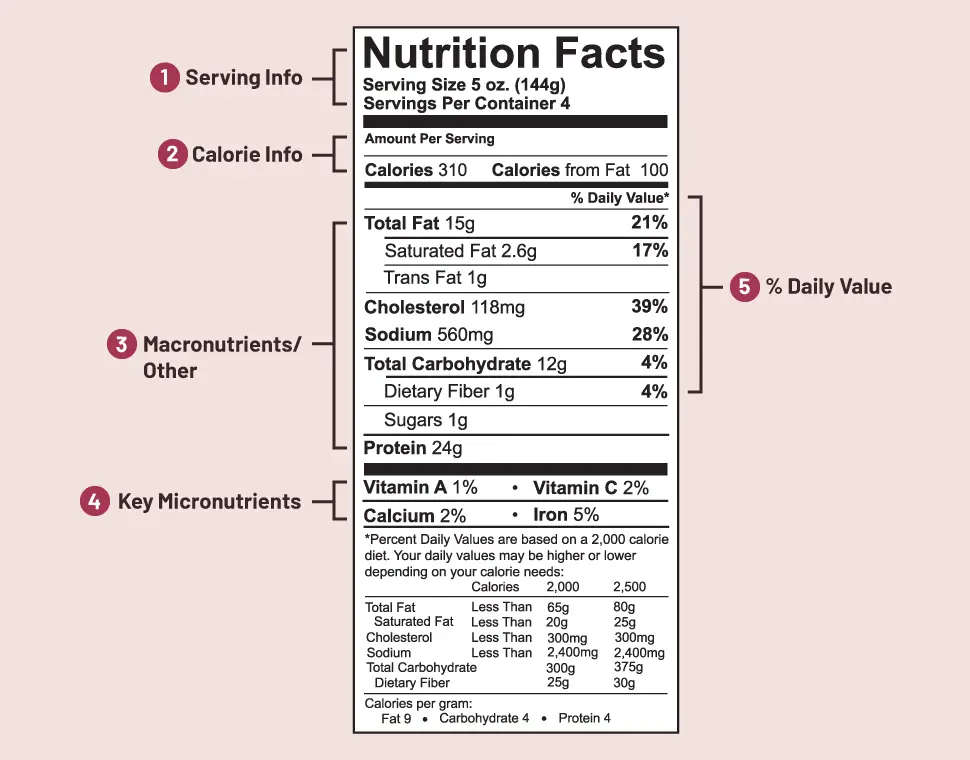

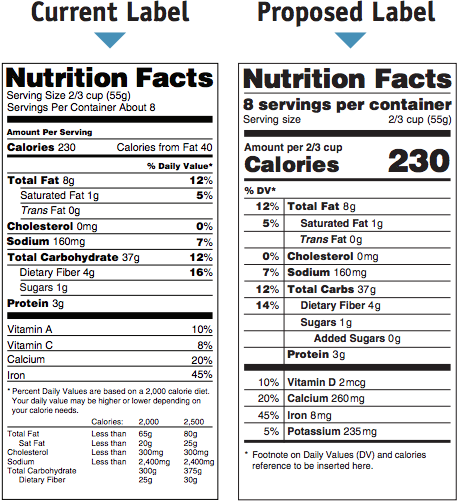


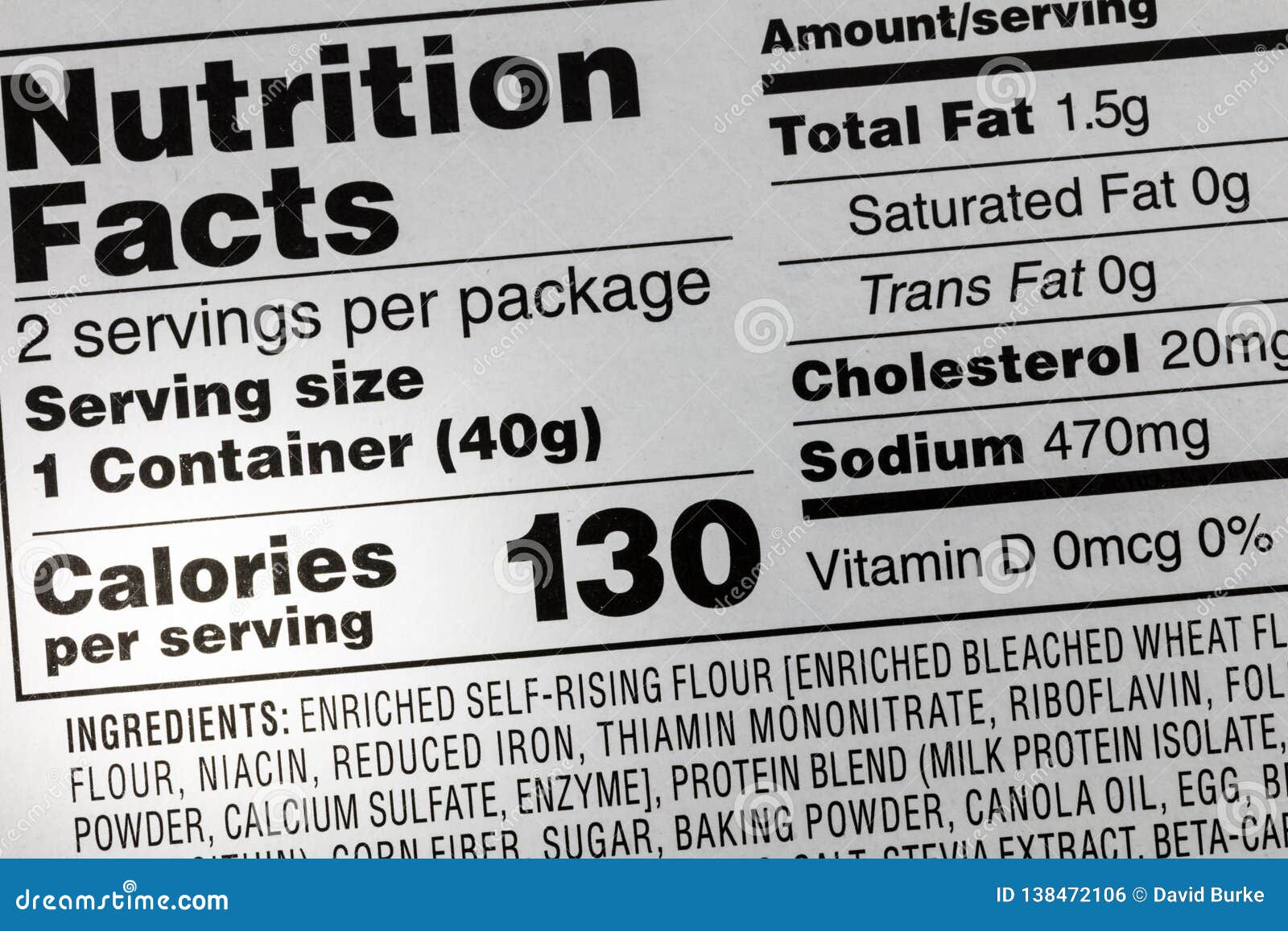


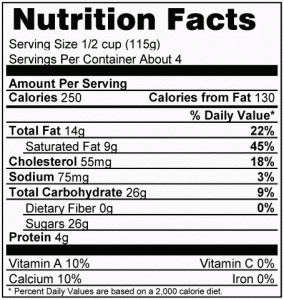

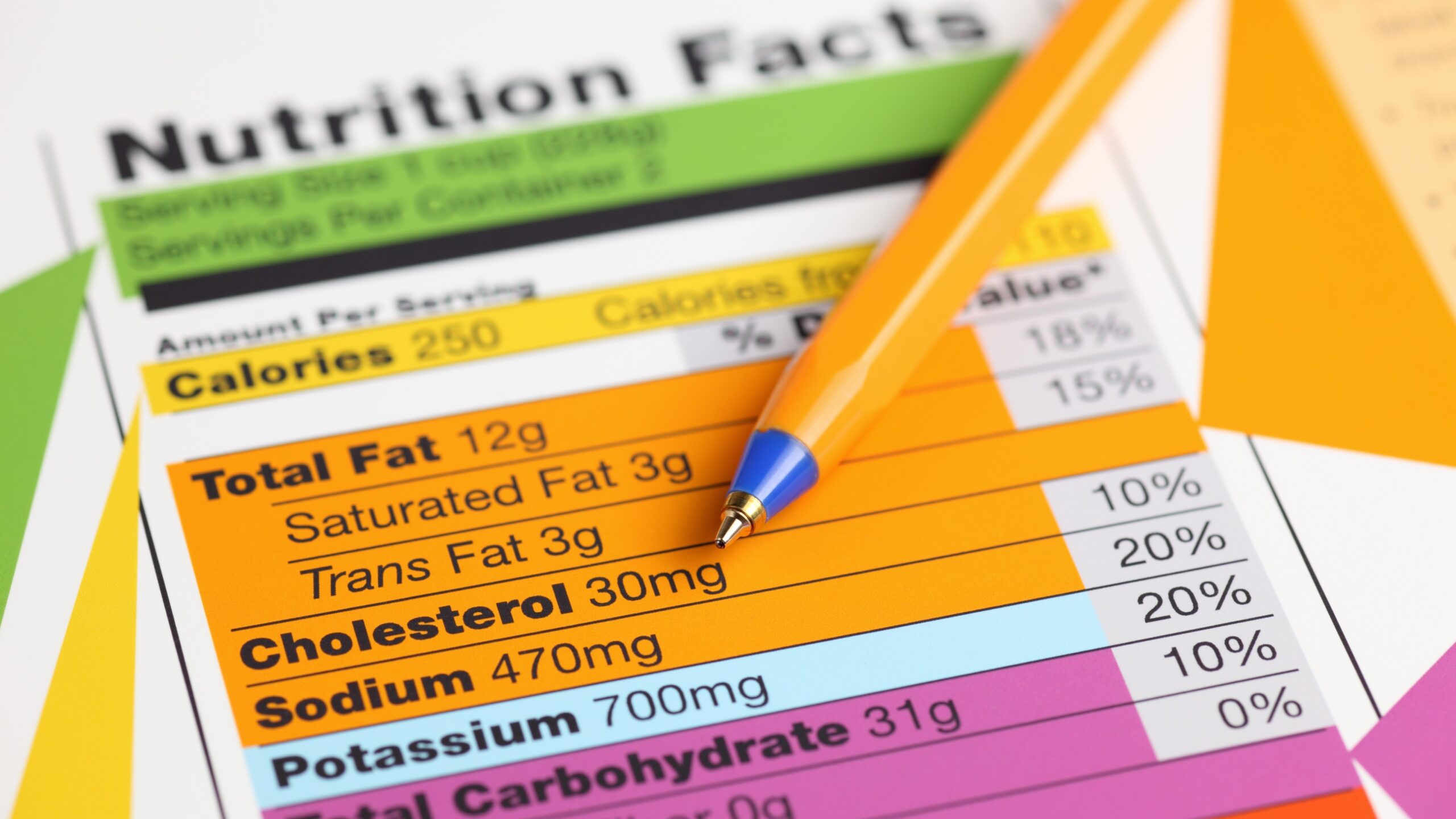



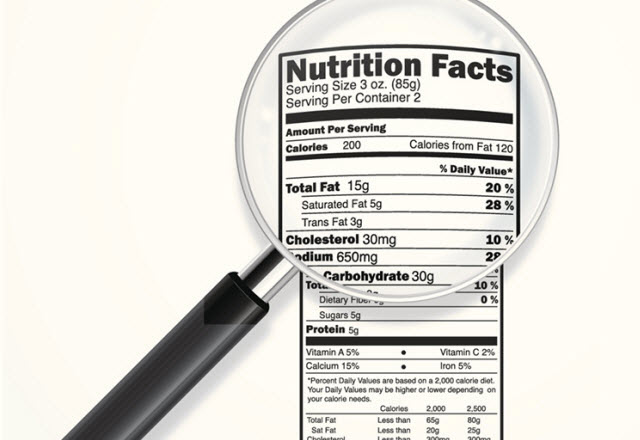


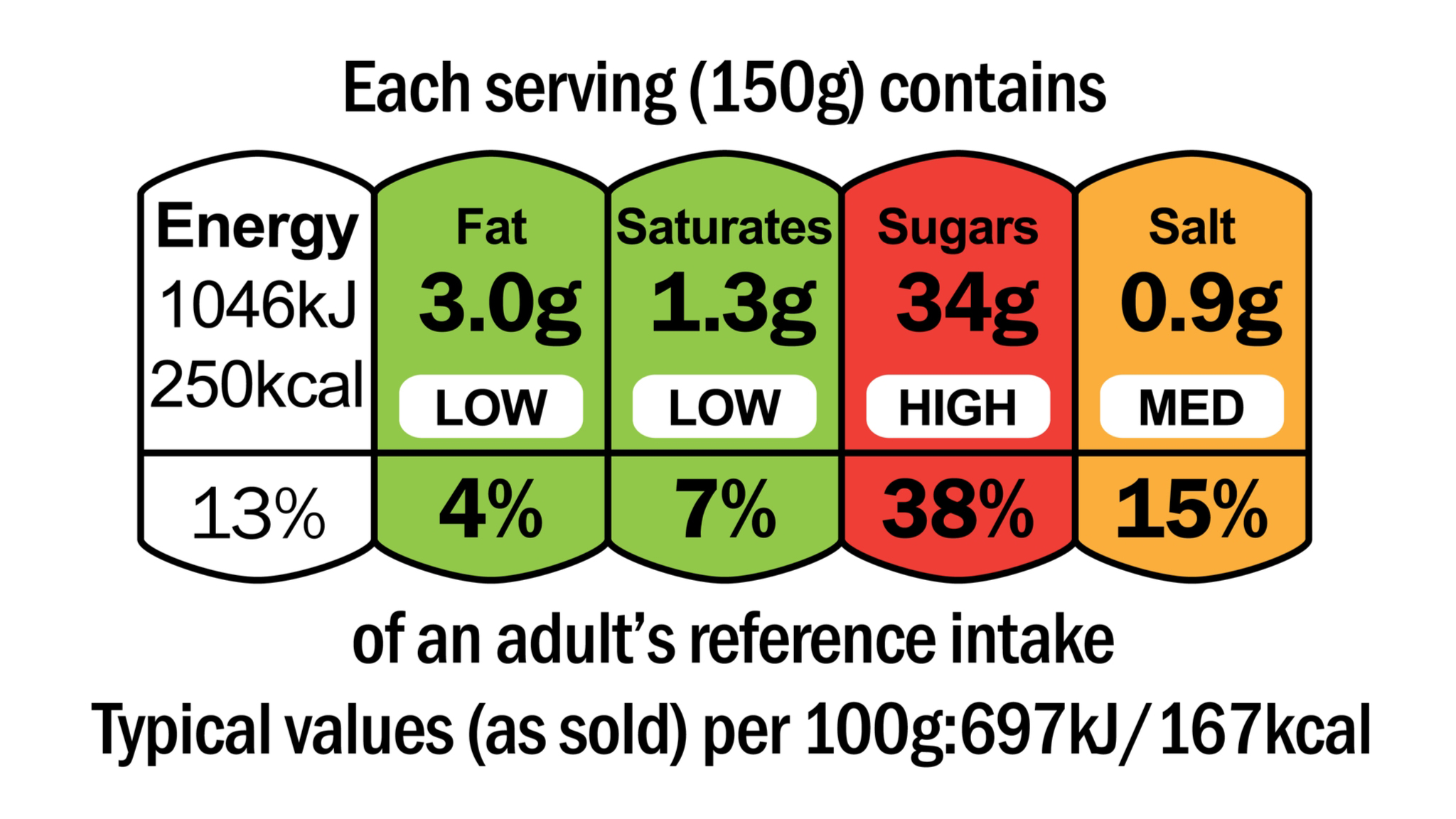



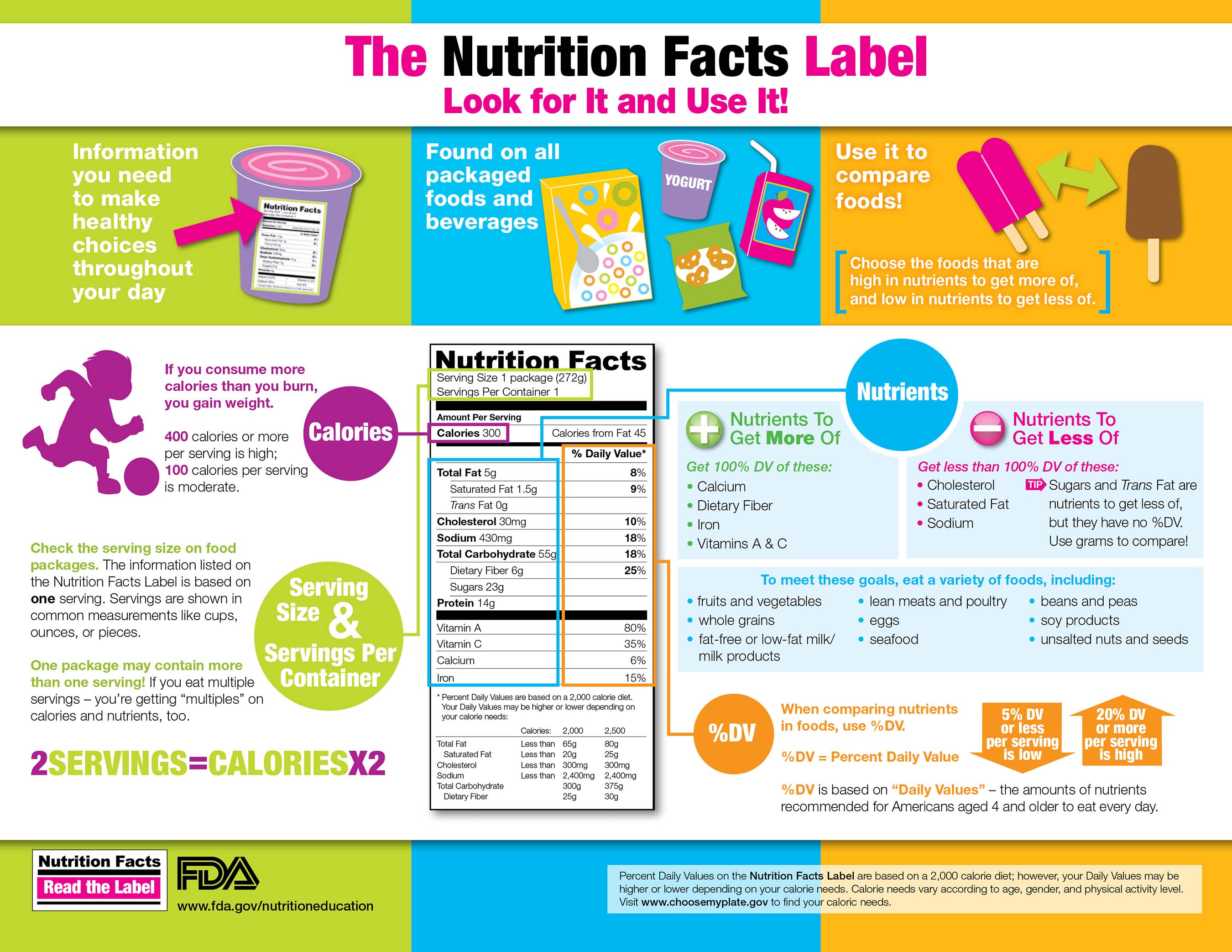
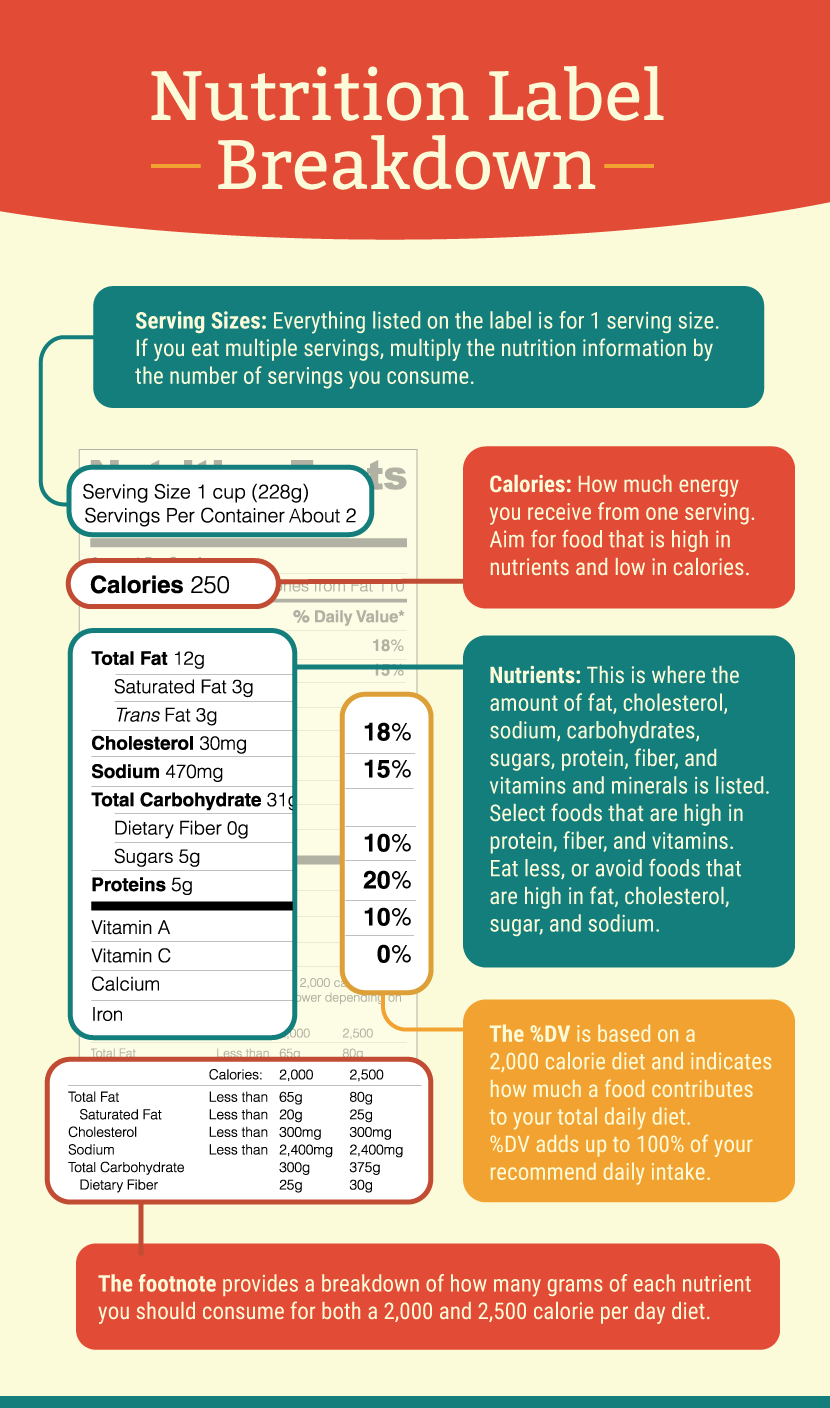


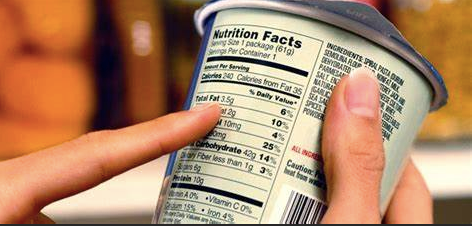
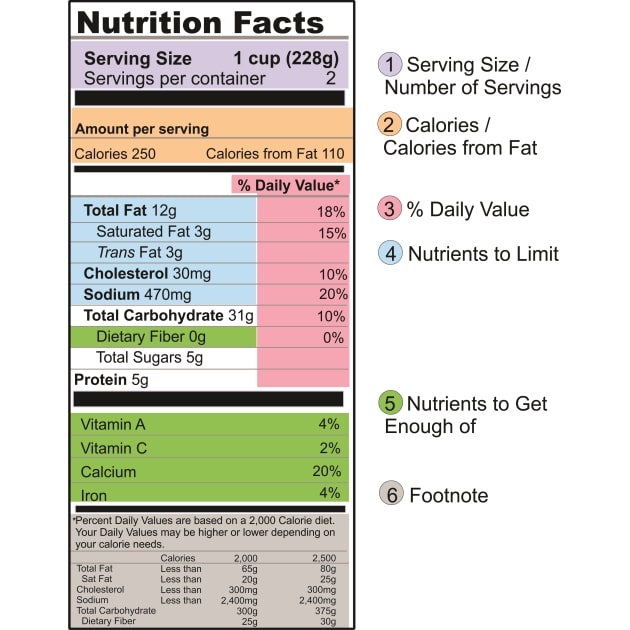
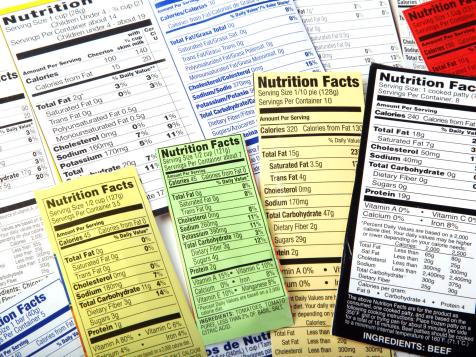
Post a Comment for "40 how to read fats on food labels"